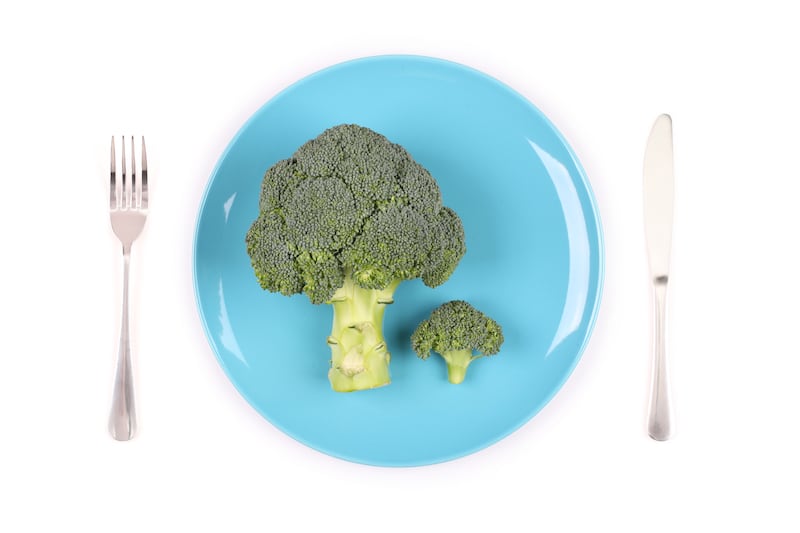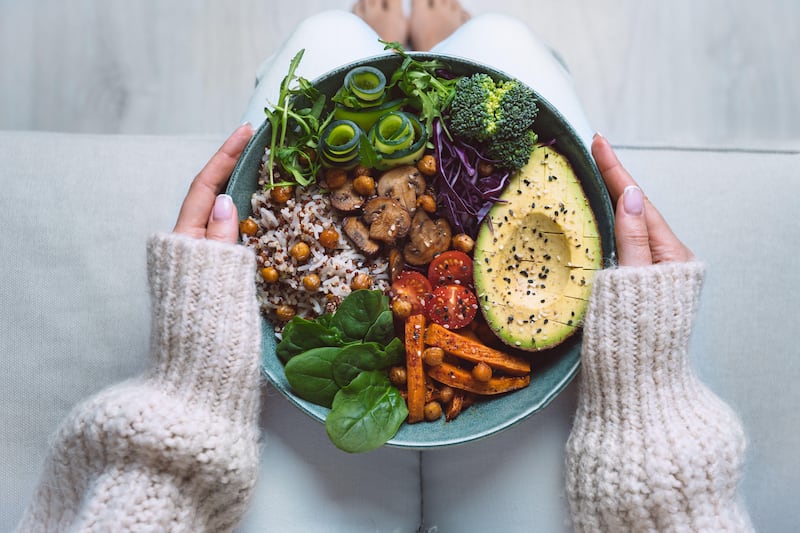A 100th birthday is a cause for celebration – time for a big cake and crazy party hats. A few weeks ago, in the middle of the coronavirus lockdown, a man living in a local residential home was celebrating his 100th birthday and was asked what his secret was. He replied: "Avoid vegetables!"
As you can imagine, I was cringing on my sofa when I heard this on the 6 o’clock news.
There are places in the world where it is normal for residents to reach their 100th birthday. These have been dubbed ‘Blue Zones’ by the researcher Dan Buettner. Some people have wondered whether all of these oldies' calculations regarding their age are 100 per cent accurate or not, but either way, I think these long-livers have healthy habits that we could all learn something from.
From the Greek island of Ikaria, Ogliastra in Sardinia, and Okinawa in Japan, to the Seventh-Day Adventists in Loma Linda, California, and Costa Rica's Nicoya Peninsula, the regions in the world where people are growing old gracefully are diverse, but it is thought that they have a few habits in common.
:: Fit and active
They are physically active. Not from body pump classes and power lifting, but from their everyday activities. Lifting, carrying, pushing, pulling are how these centenarians do their resistance training, with walking their preferred cardio workout.
Community spirit
Living in close-knit communities with all generations of their family living next door or across the road means these guys and gals have a good social life, with a real sense of belonging and a good support network. Of course this has a positive effect on wellbeing and mental health.
Eat more plants
Most of these populations eat a vegetarian diet. Those that do eat meat have it as an occasional treat, rather than an everyday food, and of course there’s not a chicken nugget in sight. The fruit and vegetables they eat are what they can grow, so they are fresh, local and seasonal.
These populations also use traditional fermentation methods to preserve their food from one season to the next. This way of preserving food ensures they have a healthy microbiome, as fermented foods are a great source of probiotic lactic acid bacteria that help populate a healthy gut.
There are lots of beans and lentils eaten too – providing vitamins, minerals and fibre. Interestingly, it seems that most regions favour olive oil, well known for its health benefits.
No refined, processed or sugary foods
There is no such thing as ultra-processed foods among these populations; everything they eat is cooked from scratch and nothing comes from a packet. Natural sugar comes from fruit and vegetables rather than chocolate bars and biscuits.
Dinner time
These populations prefer to have their lighter meal in the evening and their main at lunchtime. Once they have finished eating their early evening meal, that’s it. No mindless munching in front of a Netflix box set going on here.
This means that intermittent fasting is a way of life, and not the latest hot diet in town for these people.
So, how can we translate all of this into our way of life?
Here are some simple changes we could make without too much bother:
- Move your body every day – get up for your desk and go out for a walk, carry your shopping bags and use your bike more than your car if you can. Better for us and our planet.
- Get to know your neighbours and phone a friend. This is one of the positives to come out of lockdown.
- Eat at least five portions of different coloured fruit and vegetables every day – even at weekends.
- Use beans and lentils more – three-bean salad, houmous, chickpea curry and lentil Bolognese are easy ways to start.
- Eat within a 10-to-12 hour zone. Step way from the larder after teatime.








